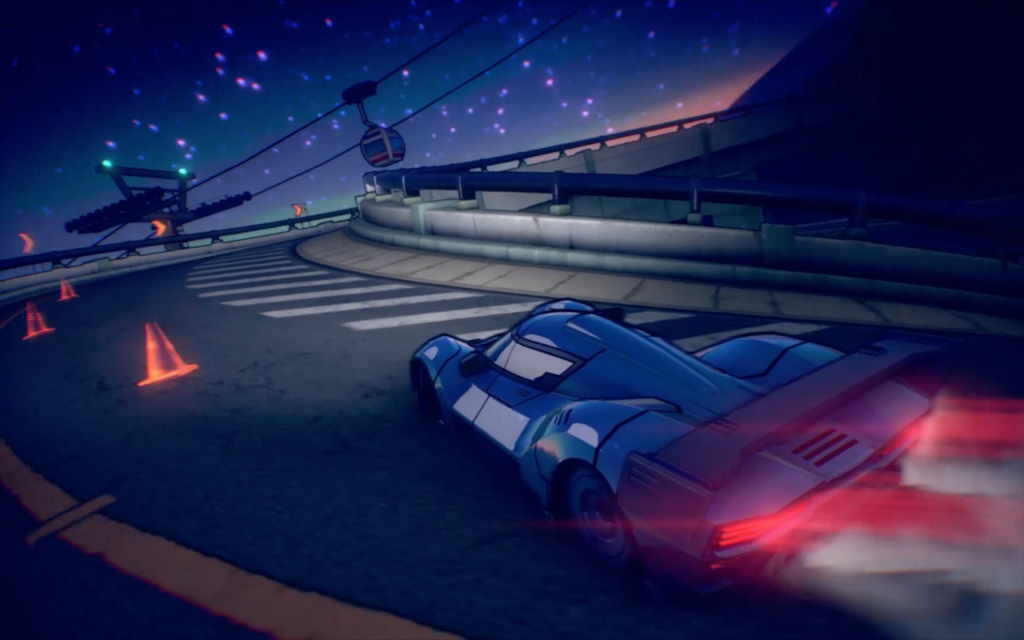After the infamous double whammy of Split/Second and Blur seemed to herald the genre’s demise, we’ve been spoiled for high quality arcade racers in recent years. Hotshot Racing kicked things off, while last year’s Senna Forever expansion gave the excellent Horizon Chase Turbo a fresh boost and in its wake was impressive superscaler tribute Slipstream – yet amidst that bumper crop there’s one that stood out.
Inertial Drift Twilight Rivals
- Publisher: PQube
- Developer: Level 91
- Platform: Played on PS5
- Availability: Out now on PC, PS4/PS5, Xbox and Nintendo Switch
Inertial Drift’s an arcade racer that’s both familiar and refreshingly different; styled after the eternally slick Ridge Racer Type 4, developer Level 91’s debut distinguishes itself with a novel handling model built around a twin-stick system. It’s innovative and kind of ingenious, putting a welcome emphasis on the art of wrestling with a car that wants to live life sideways.
“I’d started working on this prototype based on Ridge Racer,” Michael O’Kane, director and programmer of Inertial Drift, tells me. “I loved Ridge Racer, and I felt like there was a style of drifting arcade game that had disappeared.”
Inertial Drift was O’Kane’s attempt to get back to a style of racer that had been lost to time – one where the focus was on the drifting itself. “Whenever you start making a game, you start thinking about genre distinctions,” he says. “I feel like there’s a big distinction between old-style, pure drifting games and the switch to boosts becoming an incentive to drift – it completely changed everything, and so the tracks got wider and wider to make that possible and it became less about being precise.”
In O’Kane’s ideal arcade racing game, the drifting is the reward – which is why it’s vital that it have depth and nuance, something which Inertial Drift’s delivers on generously. Its unique twin-stick control method is behind much of that; here, the left stick steers while the right controls drift angle, with success being about finding a balance between those inputs and the throttle and brake. The result is an elastic dance I’ve never really tired of despite returning to Inertial Drift again and again, and what distinguishes it from its peers.
